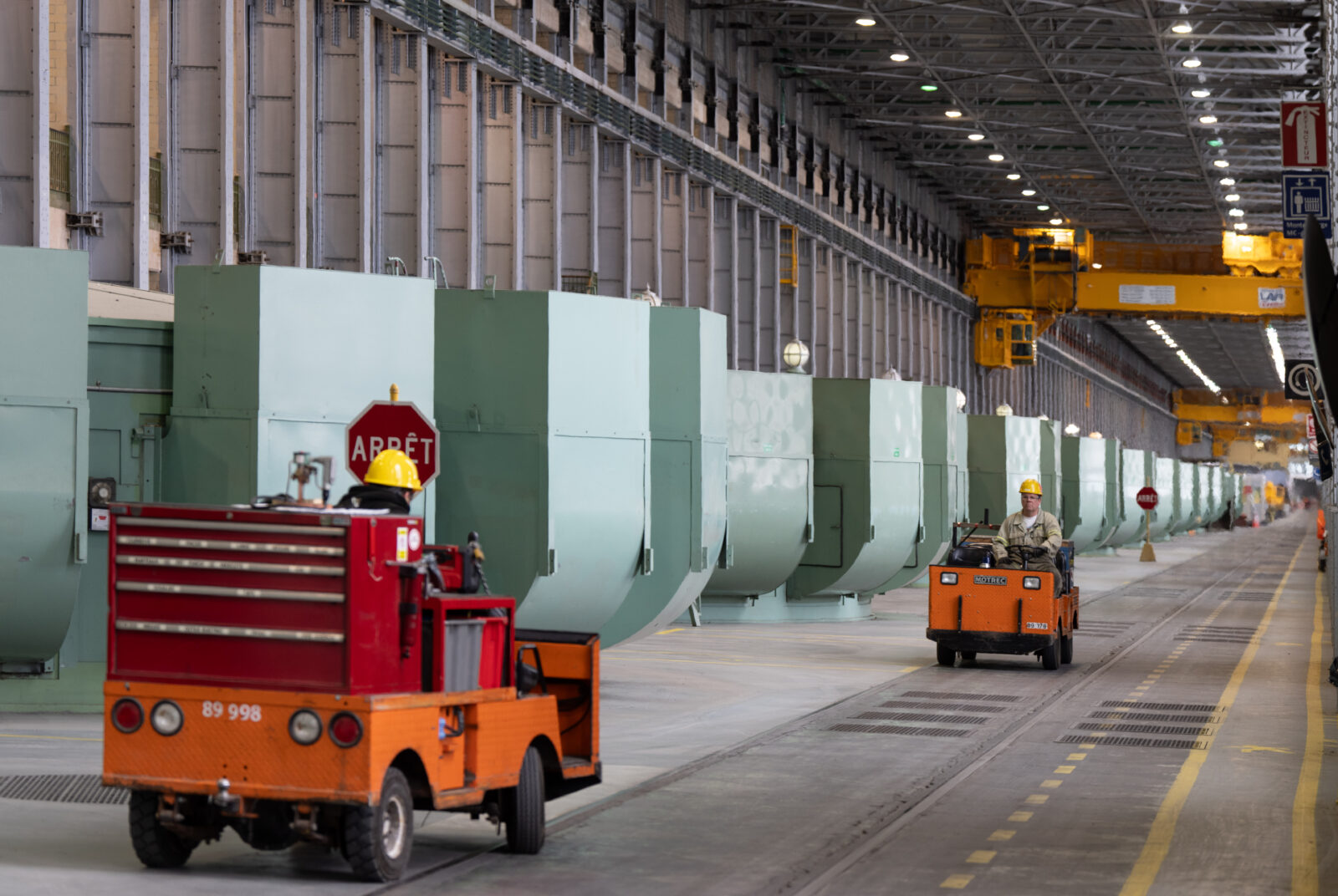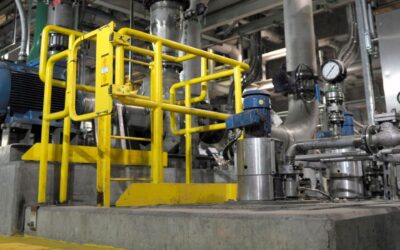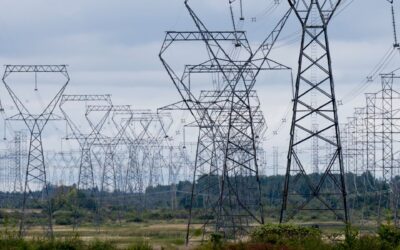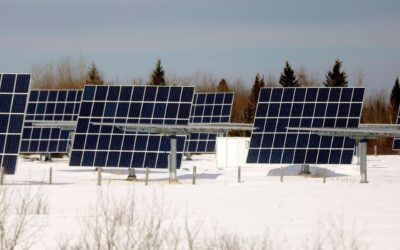This blog post was previously published in the Hill Times.
Faced with unpredictable and disruptive U.S. trade aggression, nation-building projects are urgently needed to strengthen Canada’s economy and turn crisis into opportunity. The federal government’s focus on “building” is therefore absolutely correct, but it raises a question: what constitutes a nation-building project?
According to analysis by the Canadian Climate Institute, clean electricity infrastructure should be at the top of the government’s list. Indeed, new interprovincial transmission lines meet each of the five criteria laid out in the federal Building Canada Act.
Let’s look at each in turn.
First, electricity infrastructure will strengthen Canada’s autonomy, resilience, and security. Despite Canada’s wealth of diverse electricity resources (more on that below), Canada’s distribution systems are generally oriented north to south, not east to west. Provinces trade more electricity with the United States than they do with each other. Building a strong Canadian electricity market through new infrastructure that increases interprovincial electricity trade will therefore create new domestic commercial options and strengthen our energy independence. Crucially, interties that enable instantaneous trade between provincial grids make Canadian electricity systems more reliable and resilient, not just to geopolitical shocks, but also to system-stressing events such as droughts, cold snaps, heat waves, and outages.
Second, interties will deliver economic benefits to Canada. In the global context, clean, renewable sources of power are taking the lead simply because they are both the most secure and cost-efficient, looking forward.
As electricity demand accelerates—from data centres, to home heat pumps, to electric vehicles, to an expanding array of industrial uses—Canada is uniquely positioned to benefit economically from a wealth of new and complementary electricity resources. Solar and wind potential in the Prairies is effectively unbounded. Offshore wind in the Atlantic could both give new momentum to the regional economy and a massive untapped source of electricity for the nation. Established hydropower resources in B.C., Manitoba, Quebec, and Labrador are the perfect complements to act as giant, stable “batteries” to balance increasingly inexpensive renewable power in other provinces.
Those benefits only materialize, however, if power markets are connected. In short, integration would provide reliable supply, decrease electricity rates, attract investment, and grow the Canadian economy.
Third, electricity interties have a growing likelihood of successful execution. In the past, provinces have been content to live in silos, focused on domestic, regional power markets and institutions. But now, given rapidly growing electricity demand, every province is exploring ways of generating new power, whether through calls for power, building new nuclear plants, or even (ill-advisedly, given the health and climate costs) extending the life of coal plants.
Flexibility—i.e., the ability to balance electricity supply and demand over time—is just as valuable as more supply. More flexibility means utilities have to build less and charge less for power. Interties create inter-provincial flexibility, providing benefits not just for Canada but for individual provinces as well.
Fourth, electricity infrastructure, if done right, will also advance the interests of Indigenous peoples. That’s especially true if Indigenous communities have an ownership stake. Transmission between provinces will be built on Indigenous lands, requiring free, prior, and informed consent from the affected communities. At the same time, Indigenous-owned transmission projects could generate local economic benefits ranging from jobs for community members to assets that generate a stable financial return, making it a good asset for a community’s long-term diversification and independence.
Finally, electricity infrastructure is essential for Canada’s clean growth and for meeting Canada’s climate objectives. Clean electrification is the backbone of Canada’s pathway to net zero. More clean power can drive the switch to heat pumps, electric vehicles, electric arc furnaces and beyond. And more transmission lowers the costs of achieving deep emissions reductions, thereby accelerating that transformation. It makes other policies, such as industrial carbon pricing, work better.
In short, electricity infrastructure projects can drive economic, environmental, security, and reconciliation benefits. And critically, they can help build a stronger, more unified national economy by linking Canada’s regions and magnifying their strengths. Canada’s provincial electricity systems are impressive. But to make the country an energy superpower they must be linked together.








